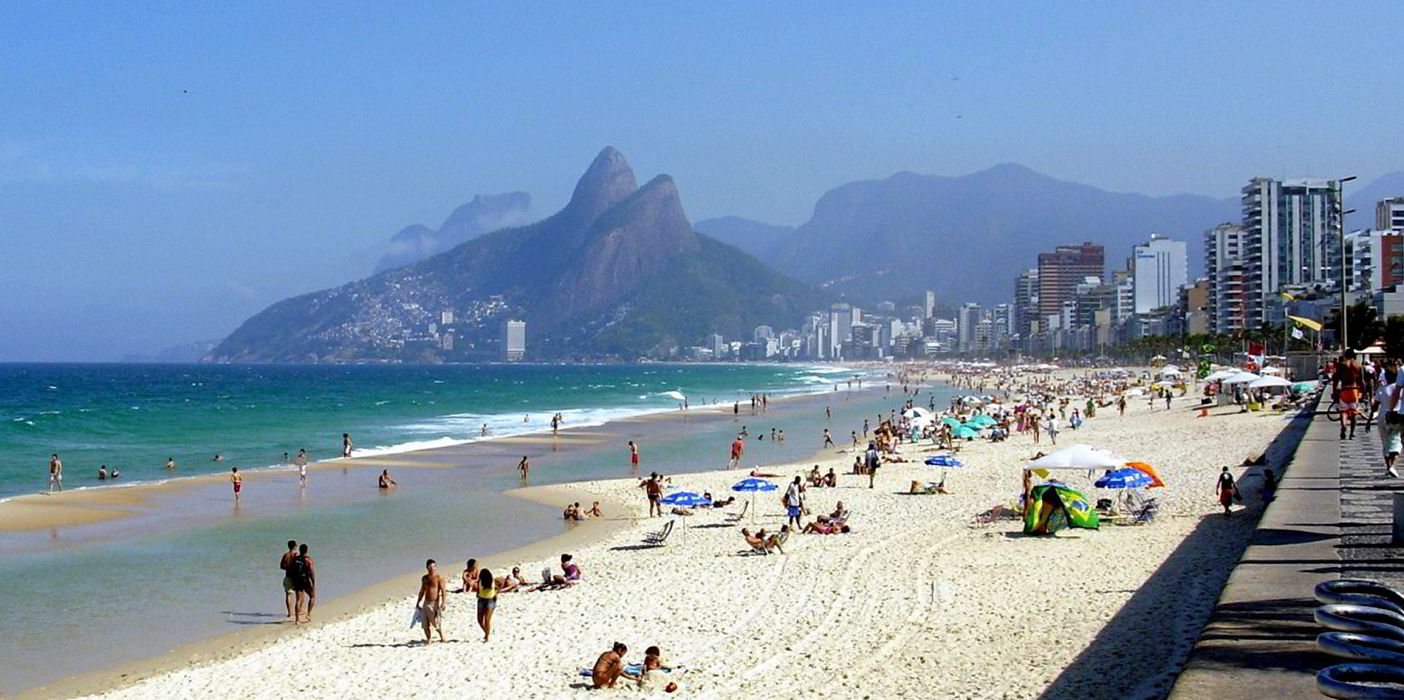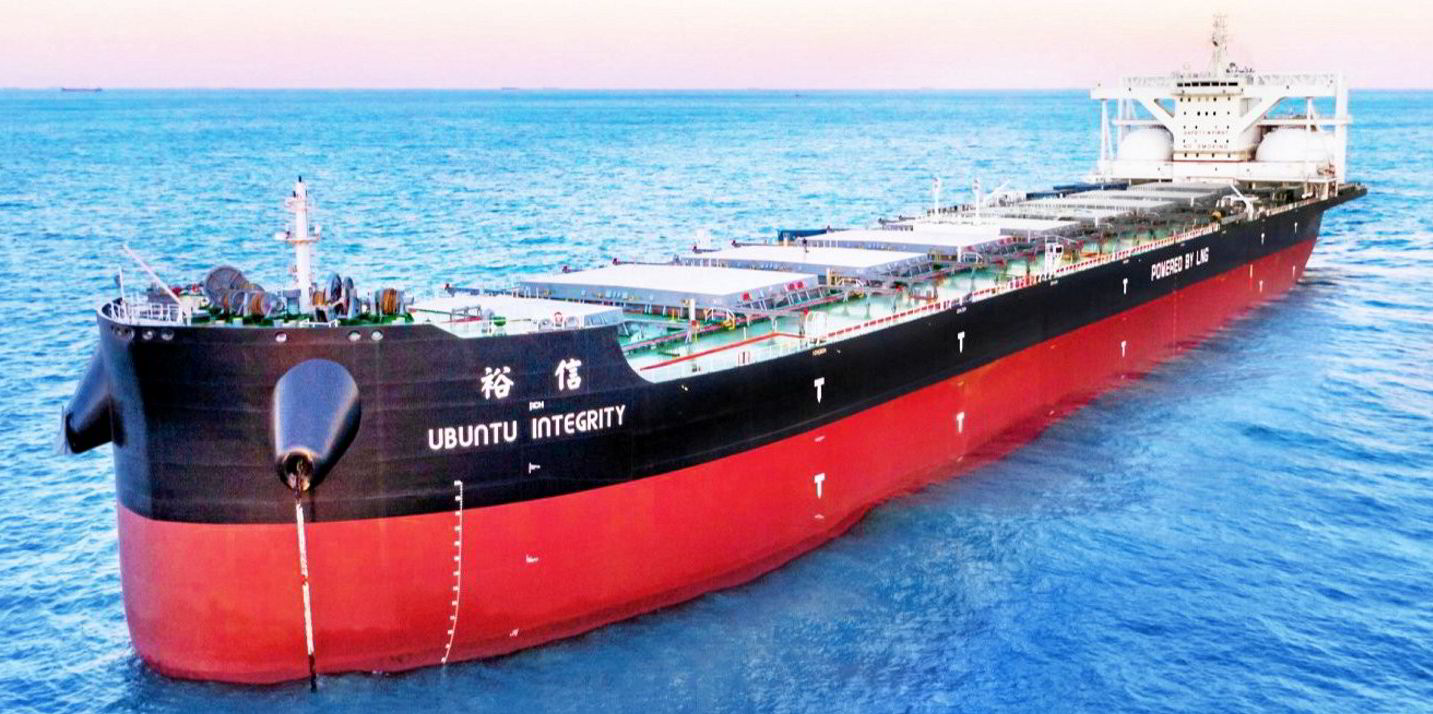Wednesday saw a small bounce in average spot rates for capesize bulkers, raising the prospect that the market has finally found the floor after a near month-long rout.
Fixing activity has been steady, especially for iron ore in the Pacific, which is being borne out in the numbers at last.
The basket assessment for average capesize spot rates has declined by nearly 50% over the past month.
But an extra $412 was added to the weighted average rate across five key capesize routes (5TC) on Wednesday, which was put at $18,266 per day.
Much of this came on the back of higher rate assessments for Brazilian iron-ore voyages.
Panellists added a further $1,255 to their rate assessments for transpacific round-trips to Brazil from China-Japan, which was assessed at $20,000 per day .
Rates for the one-way iron ore voyage from Brazil to China were assessed at $24.95 per tonne, which is $0.825 higher than on Tuesday.
Reported fixtures from Brazil have been scant, but on Tuesday commodities trader Trafigura was said to have booked Polembros Bulkers’ 205,361-dwt newcastlemax Max Warrior (built 2014) for a voyage from Sudeste to Qingdao via the Cape of Good Hope at $23.50 per tonne.
Meanwhile, fixtures for Australian iron ore bound for China have been steady and reported at firmer rates, as high as $8.90 per tonne on Tuesday.
This led to $0.075 being added to the Western Australia-China benchmark route on Wednesday, which was assessed at $8.99 per tonne.
Futures
The positive Baltic Capesize Index was all the freight derivatives market had been waiting for on Wednesday.
Tuesday had already been a good day, with contracts for the rest of this year settling at least $1,000 higher than the previous close.
The gains continued during trading on Wednesday and bids advanced steadily for 2024 paper as the day went on.
By mid-afternoon in London, bids for May contracts were at $27,500 per day, over $2,140 more than the close of trading on Tuesday.
Similarly, bids for front-month contracts were circulating at well over $1,000 more than Tuesday during the day’s trading.
Overall indicator
Weakness in the capesize market has also been behind the dive in the Baltic Dry Index over the past month, which is the overall indicator of bulker markets from supramax up to capesize.
The Baltic Dry Index was assessed at 1,570 points on Wednesday, almost one-third below where it was a month ago. Capesize rates account for 40% of the index’s calculation.
The Baltic Dry Index is around the same level as it was during the Lunar New Year holiday in February, a seasonally weak period for bulkers, especially capesizes.





